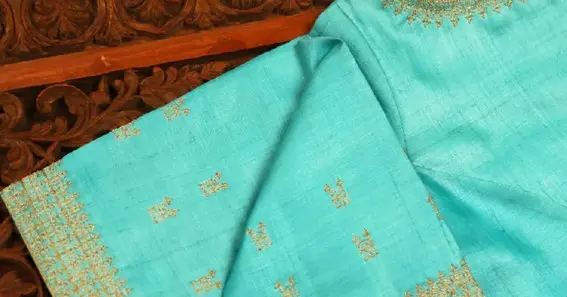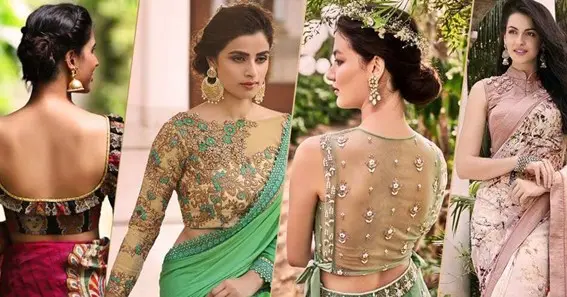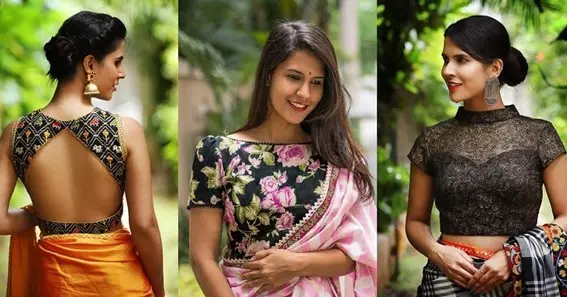What is a blouse? This simple question opens up style, history, and alternatives. A blouse is a timeless style worn by women throughout the centuries. From its modest roots to its present incarnations, the blouse has evolved. It caters to all ages. This in-depth article will cover What is a blouse, a blouse’s history, styles, materials, and making.
What Is A Blouse?
A blouse is a set of tops worn by girls and women. It is a loose shirt around the middle or hips that can be pulled over the head or closed in front. Women primarily wear blouses, but some men have worn them. If you ask, what is a blouse? People may think of a button-up shirt. Blouses can be worn in numerous contexts because they exist in many styles, shapes, and fabrics.
Also Read N: What is oxtail? Comprehensive Guide to Understanding, Cooking, and Utilizing Oxtail
Historical Evolution Of The Blouse

The blouse’s fascinating history reveals how fashion and society have changed. Many countries once had men and women wear blouses. Ancient Egyptians wore open, flowy tunics, which may be considered blouses. In the Middle Ages, women wore tight bodices and loose arms over the shoulders. These styles are still used in many blouses. The word blouse became more used in the 1800s. The shirt, especially for working women, became a show of modesty and usefulness. The blouse was altered with 20th-century fashion. Designers created distinctive blouses with novel fabrics, cuts, and decorations.
Also Read P: What Is Nitrogen Used For? Application Of Nitrogen In Various Fields
Blouse Styles And Cuts
Today, many shirt styles exist for diverse tastes, events, and body types. Popular styles include the button-down blouse, the peasant blouse with its loose shape and bohemian feelings, and the business-worn silk blouse. Sleeve lengths, necklines, and other elements vary on blouses. Blouses can have long, short, or no arms. Necklines include turtlenecks, high collars, off-the-shoulder, and deep V-necks. Bows, pleats, embroidery, and lace accentuate blouses. This allows it to be dressed up or down for different events.
Materials Used In Blouses
Asking what is a blouse? without mentioning its material is too basic. Event blouses’ comfort, style, and fit depending on the fabric. Materials like chiffon, cotton, linen, silk, and polyester can be used to make blouses. Light cotton shirts are perfect for daily wear. Silk blouses are only worn at formal or business events and are expensive. Chiffon and rayon are airy and flowy, ideal for layering or hot weather. Summer linen blouses are popular because they breathe and feel natural. Each material has its properties. Thus, it may be used to construct many shirt styles.
Blouses In Different Cultures
Different cultures define what is a blouse, differently. Each region contributes its design and traditions to this adaptable garment. The top, or choli, of Indian saris and lehengas is crucial. These shirts are often embellished and embroidered with intricate features that showcase the area’s textile heritage. The cheongsam or qipao blouse, with its high neck and tight fit, symbolizes East Asian class and custom. Peasant blouses from Eastern Europe and kimono-style blouses from Japan have also affected Western blouse fashions. These regional distinctions demonstrate that people of diverse fashion interests and backgrounds can wear the blouse.
Role Of Blouses In Modern Fashion

Shirts are still relevant in modern fashion since they go with numerous ensembles. Designers combine old and modern components to create fresh and unique shirt styles. Eco-friendly materials and fair labor have become more significant in blouse designs as sustainable fashion has grown. Modern blouses offer several opportunities to express yourself. Work in a pristine white blouse. Brightly patterned ones are good for informal trips. For a special occasion, wear an embellished one. Celebrities and fashion stars wear new blouse styles, inspiring people to try and customize them.
Tips For Choosing The Perfect Blouse
Consider your body type, event, and style while choosing a shirt. People who wish to know what is a blouse that fits their body type must understand how different cuts and styles enhance their figure. Tight-waisted shirts flatter hourglass figures, whereas flowing, A-line blouses flatter pear figures. Events are also significant when choosing a sweater. Business settings may call for a button-down blouse, while relaxed events may call for a bohemian blouse. Playing with colors, patterns, and fabrics can help people find blouses that suit their style and attitude.
Caring For Your Blouses
Blouses need proper care to last and look excellent. Different materials require different care instructions. Silk blouses should be hand-washed or dried to avoid damage. However, cotton and polyester blouses can be machine-washed. You can prevent stretching, shrinking, and fading by reading and following each shirt’s care instructions. In a drawer or closet, blouses stay wrinkle-free and look their best. Carefully maintained blouses can last for years.
Conclusion
To conclude, what is a blouse? It is about history, society, and personal style. The shirt has been a timeless and practical garment from its origins to its varied styles, textures, and cultural implications. Blouses inspire creativity and self-expression because they can be worn with several outfits and events. If they grasp and care for blouses’ numerous qualities, people can make sensible choices that improve their ensembles and style. Because it goes with multiple outfits and lasts, the blouse will be in trend for years. That’s all on What is a blouse for this article.
FAQ
What Is The General Composition Of A Blouse?
Cotton, silk, chiffon, polyester, and linen blouses are versatile and have their benefits.
What Makes Shirts Vary Among Cultures?
Countries have different blouses. Indian choli, Chinese qipao, and Western peasant blouses have unique styles and meanings.
What Styles Do Most People Wear Blouses?
Open, peasant, button-down, and silk blouses are fashionable. Each style suits diverse tastes and events.
How Should I Maintain My Blouses?
To keep shirts wrinkle-free, follow the washing instructions, store them properly, and carefully handle delicate fabrics like silk.
Why Are Blouses Flexible?
Blouses can be dressed up or down depending on the occasion and your style due to their range of designs, shapes, and materials.
Sources:










